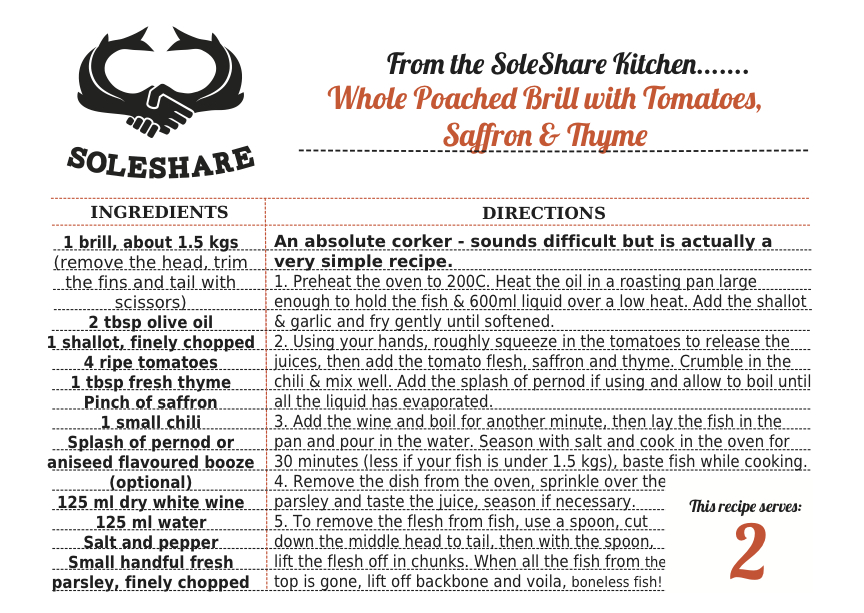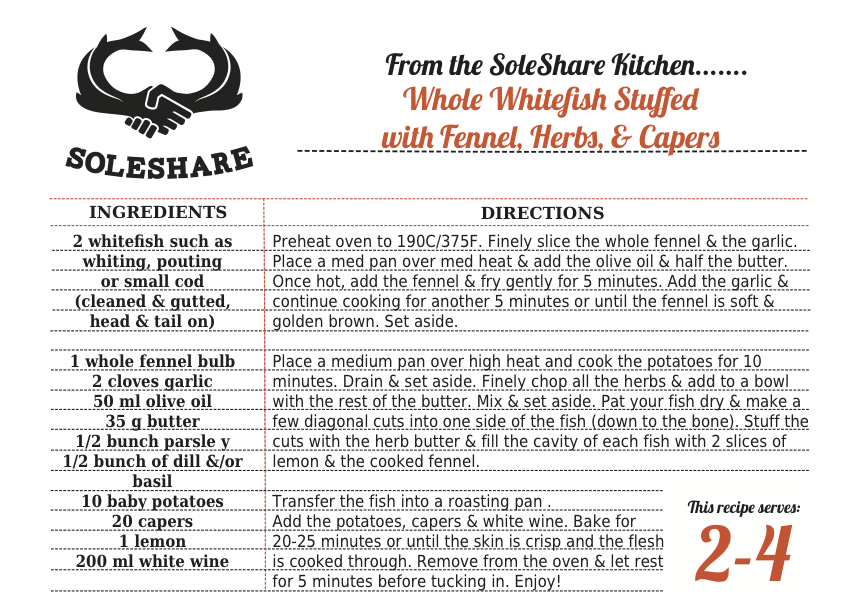I get asked a lot about freezing fish. What freezes well, how long things last, will it ruin the fish..?
I found some cuttlefish in the back of my freezer drawer this summer. It was probably from last spring, but could have been from 2014! Either way, I defrosted it, barbecued it and it tasted great. I mean, you really couldn’t notice it had been frozen great.
Cephalopods, like squid and cuttlefish are particularly adept to freezing. Something about the dense, uniformity of their flesh means the ice crystals don’t affect the texture too much.
While fish don't freeze quite as well as squid, there's still no need to fear your freezer. All sashimi grade fish in Japan is frozen before it's sold. And bluefin tuna (the most expensive fish in the world) is frozen on the fishing boat.
The best way to freeze fish is to dip them in water and freeze them, then dip and freeze, dip and freeze... until there's a protective coat of ice around them. Fine if you're freezing a prize fish for auction, but if you've got that much time to spare, you might as well cook it.
bluefin tuna
If you get home with some leftover fish that you know you won’t be able to eat in the next two days, put it straight in the freezer. If it goes in fresh, it comes out fresh. Just give it a clean (scale, gut and rinse), pop it in a ziplock bag and you're good to go. It'll be quite happy for a month (and quite edible 3 months later).
The reason why we’re so suspicious of freezers is probably our own fault. I’ll quite often find some fish that’s been sat in the fridge for 4 or 5 days and think ‘I’m not going to have time to cook that, I’ll chuck it in the freezer’. It’s no surprise that when it comes out of the freezer, it’s not at its best.
I have the same problem when I make soup that isn’t particularly tasty. ‘Oh, I’ll freeze the rest’ [cue disappointing meal 3 months later in which you slowly remember it was pretty horrible the first time round].
You can even cook frozen fish without defrosting them first. Check out our experiments here.
Freezer tips
Freeze fresh
If it goes in fresh, it comes out fresh. Make sure to scale, gut and clean your fish before freezing them.
Seal it tight
Air is your enemy. You’re best off putting it in a ziplock bag and squeezing all the air out before sealing. This also makes sure your ice cubes don’t get all fishy.
Label it
Write down what’s in the bag and the date it went in and you won’t get any nasty surprises, like that time I made a chicken casserole with fish stock.
Freeze in portions
If you’ve got a lot of fish, don’t freeze it all in the same bag. The same goes for freezing stock and stews. If you freeze them in individual portions, you don’t have to defrost the whole lot to make dinner for one.
Save space
I’ve got a tiny freezer, so often fillet and skin fish before freezing to save on space. Plus, little chunks of fish like this are really handy for fish tacos, stews or fishcakes.
Stock bag
If you fillet fish, it’s a good idea to have a ziplock bag in the freezer that you can chuck any heads, frames and trimmings into. Once you’ve built up a healthy amount, boil it up for stock.
Although never use oily fish (mackerel, herrings or sardines) for fish stock, it tastes rank.

















